Whether you’ve been in the transportation industry for years or have recently decided to try your hand at it, getting a motor carrier number (MC number) is a vital step in the process of becoming an owner-operator. You’ve come to the right place if you’ve been asking yourself How do I get an MC number? Let’s start with the basics.
WHAT IS AN MC NUMBER?
An MC number allows a commercial truck to legally transport goods and charge for that service. It’s also commonly known as a trucking authority/operating authority. The type of operation your trucking company is allowed to run and the cargo it’s allowed to carry is dictated by which operating authority you file for and receive from the La Administración Federal de Seguridad de Autotransportes (FMCSA).
You have to have an MC number in addition to a DOT number to transport federally-regulated commodities owned by others or arranging for their transport (for a fee or other compensation in interstate commerce), per the FMCSA. Having only a DOT number is not enough to operate a trucking business.
Remember, an operating authority is often identified as an MC number. An easy way to think of it is you apply for your authority to legally operate, and you receive your MC number once your application has been approved (they’re still the same thing).
WHAT’S THE PROCESS OF GETTING AN MC NUMBER?
Step #1
The first step in getting an MC number is to register with the U.S. Department of Transportation (USDOT). You need to have your trucking business already established, registered, and your EIN for tax purposes. If you need help with those steps, check out Convirtiéndose en Su Propio Jefe for more details.
The USDOT registration process will ask you about your vehicle, cargo, number of trucks, weight, and more. Afterwards, you’ll receive a USDOT number that your future customers can use to access your information.
In addition to your USDOT number, you’ll also receive a PIN number that’s used to update your information online (when necessary). Keep this PIN number safe and either write it down in a secure location or commit it to memory. Don’t forget, you must renew your USDOT number every two years.
Step #2
Now that you have your USDOT number (or DOT number), you can apply for your MC number through the FMCSA. Most of the information required to apply for your MC number will be similar to your USDOT application.
We can attest to the amount of paperwork and research you’ll need to do to get your trucking business up and running. Filing the right forms and making sure they’re completed correctly is very important. Make sure you select the correct type of operating authority for your business, because the type of authority requested impacts the insurance you’ll be required to have. The FMCSA does NOT refund application fees, even if you make a simple mistake.
The types of authorities you can apply for from the FMCSA vary, so make sure to pick the right one. TBS will gladly process your authority for FREE, meaning we’ll take care of all the paperwork and forms for you. Learn more by visiting our website.
Once you’ve applied, you’ll be given your MC number after your application has been reviewed and accepted by the FMCSA. However, you aren’t quite ready to start hauling yet. You have several more steps (which we’ll cover below) to complete within 20 days of receiving your MC number to legally operate. Once all those steps are completed, your MC number becomes active within 2–3 weeks and you’ll receive your certificate in the mail two weeks after that.
Step #3
Your next task is to get your BOC-3 filed. What’s a BOC-3? It’s a form that designates a process agent to be served legal paperwork related to your trucking company (if necessary). The catch here is that YOU can’t be the one to file the BOC-3, the process agent or your bookkeeping company must do it. Luckily, TBS maintains lists of reliable process agents in each state that we can refer you to, so we make this step a breeze.
Step #4
Next, file for your Registro de transportista unificado (UCR). Businesses or individuals traveling across state lines for work purposes must pay an annual fee based on the size of their fleet. 1–2 trucks are usually $99.99.
Step #5
Getting proper insurance and obtaining the correct intrastate permits comes next. Insurance for a trucking company is vastly different than automobile insurance, so do your research on which insurance companies have your best interests at heart. We created a brief guide on how to pick an insurance company if you need some help: 4 Quick Tips to Picking an Insurance Company
Additionally, TBS can defer up to 50% of your insurance down payment without hidden fees or interest charges. Sometimes the initial cost of your insurance down payment can be an unexpected roadblock to getting out on the road, but we’re here to help you get over that potential challenge. Learn more by visiting our website.
Step #6
Get the proper permits! Your permitting needs will vary based on where you plan to operate and the gross vehicle weight (GVW) of your truck(s). Truckers Bookkeeping Service has a team of experts who can make the permitting process simple and easy. We have over fifty years of experience in the trucking industry and have helped thousands of truckers like you become successful business owners without sacrificing all their free time on paperwork, back-office chores, and more.
Because the FMCSA and DOT are government entities, it can be confusing and stressful to deal with all the paperwork and lengthy forms you need to get your MC number and legally operate a trucking company. Plus, if a form isn’t filled out exactly, you may find yourself spending way more time on paperwork than actually on the road making money.
Getting your MC number can be an extremely rewarding accomplishment, but it can also be a stressful process if you aren’t familiar with all the rules and regulations. We’d be glad to help you, so reach out to see how much easier TBS makes the process.

